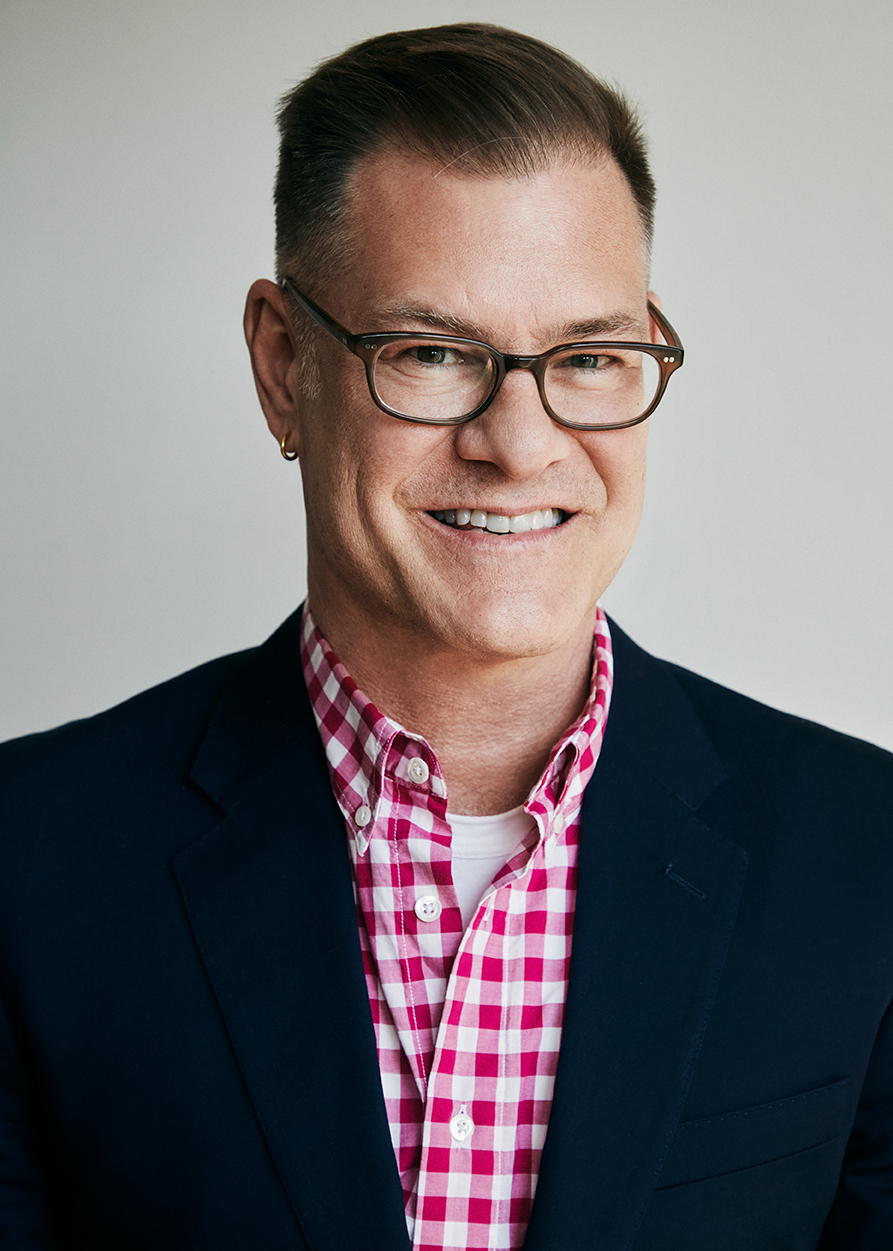John Bartlett needs no introduction. The menswear designer, a mentee of Willi Smith and Shamask, made a name with his collection with two CFDA Awards and one AAFA award under his belt; a partnership with The Bon-Ton Stores, and Creative Director roles at Ghurka and Claiborne – all while pursuing his passion for animal advocacy via the The Tiny Tim Rescue Fund. Last month, Bartlett was named Director of the Fashion Department at Marist College in Poughkeepsie, New York. We caught up with the designer on the new role, fashion studies during the pandemic, and his advice for the students.
John, this is such exciting news. What inspired you to move into academia?
My last gig in design ended about a year and a half ago. I was designing a namesake collection for the Bon Ton stores and they closed their doors. From there, I entered the world of dog rescue full-time, a passion of mine for years. I worked for two non-profits and was working as Director of Adoptions for a shelter in the city when I saw the job posting for Director of the Fashion Program at Marist. It was actually on a CFDA email blast. I have always loved academia and lecturing and mentoring fashion students, so it felt like a natural next step.
What about Marist and the role there appealed to you the most?
Marist is a liberal arts college and has a beautiful campus up in Poughkeepsie on the Hudson River. I was drawn to Marist because of this and the fact that Marist, to me, is under the radar, and I would have opportunity to finesse the curriculum and create a healthier relationship between the program and the industry at large. The College also has programs in the major fashion capitals across the globe, which I am looking forward to visiting and understanding the opportunities available for the students. The College provides a perfect balance of campus life in the Hudson Valley and an in-depth program that prepares its students to enter the industry at a high level.
Given your own extensive, impressive fashion background, what do you hope to bring to the program?
I hope to share my successes, failures, and the many lessons I have learned over the years. I also hope to beef up the technology and digital programs that both the designers and the merchandising students need in order to compete in the field. I look forward to introducing the students to the diverse group of professionals whom I have met through my years in the industry, and to introduce the industry to the high caliber students graduating from the College.
What values, in your view, should fashion students be incorporating into their work to build the fashion businesses of tomorrow?
Sustainability is an important lens for all individuals who are entering or already working in the industry. And with that comes a sense of responsibility and connectedness to the larger picture. I also believe the students will be very successful if they embrace humility and curiosity as their foundation. When I decided to move to New York after Harvard to study fashion, my dad gave me advice that, I believe, served me well. He told me to do whatever job came my way. If it was reeling racks down Seventh Avenue, picking up pins and fetching coffee or any other chance to engage with the industry…that I was to do it. Being curious about the industry and staying humble is a goal for anyone, I think, who is working in this field.
Finally, this is a very difficult time in the world and especially for students who have to work remotely. What advice do you have for them?
Working remotely is incredibly challenging. My advice is to take a deep dive into the various worlds that feed creativity. Studying fine art and art history, music, film, and literature will help inspire the students while they are social distancing. And reading! My professor at F.I.T. told me to read the New York Times everyday cover to cover. To that I would add how important it is to read WWD, BOF and Vogue Business. Being well-rounded is something we can all aspire to, especially when working from our homes.
How do you see the fashion world after this crisis and how does it need to change?
I am excited to see how the landscape of fashion evolves as we endure this crisis. I do not see the sustainability of creating six collections a year or over-sampling right now. I think the work is going to have to be laser-focused and as transparent in its footprint as possible. As a long time vegan, I also envision the fashion world finally embracing and developing materials that also are kinder to the planet and to our sentient animal friends. Killing animals for their hides, plucking birds for their down, and raising animals in cages for their fur are archaic and needless in this day and age. A new sense of compassion and connectedness to this earth are going to naturally become values that will help the industry right-size itself and inform the next generation of consumers.



